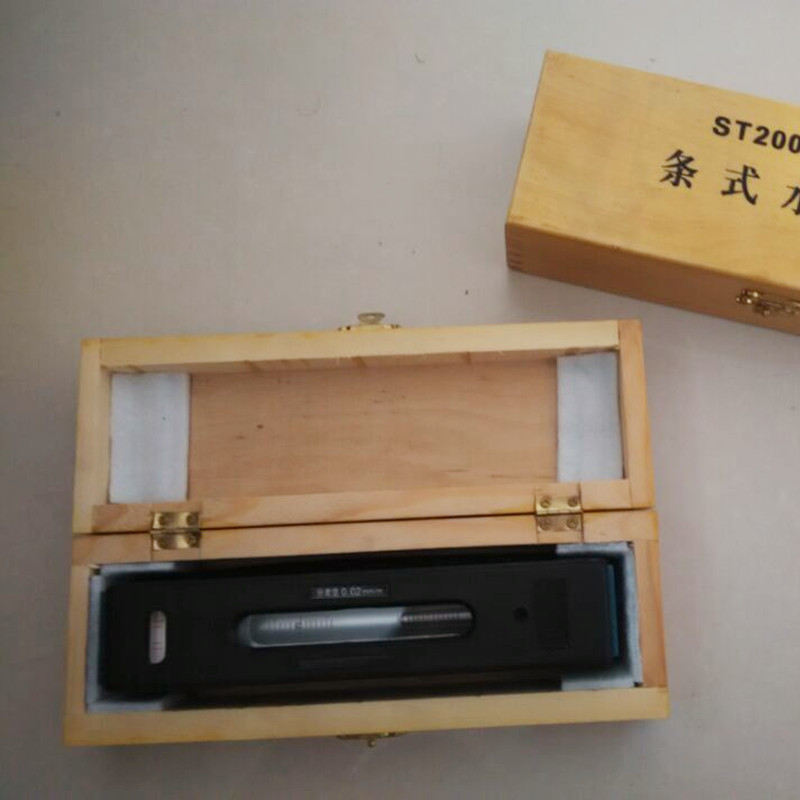12 月 . 03, 2024 18:55 Back to list
spline go no go gauges
Understanding Spline Go/No-Go Gauges
In the field of manufacturing and quality control, precision is paramount. One of the significant tools that help ensure this precision is the spline go/no-go gauge. These gauges are essential in various industries where components need to be manufactured with specific tolerances and proper fitting. The purpose of this article is to shed light on spline go/no-go gauges, their design, function, and importance in the manufacturing process.
What is a Spline Go/No-Go Gauge?
A spline go/no-go gauge is a specialized measuring tool designed to check the dimensions of spline features on components. Splines are ridges or teeth on a shaft that fit into grooves on a mating part, enabling the transmission of torque and aiding in the correct alignment of components. Spline gauges help manufacturers determine if a spline conforms to predefined specifications.
The term “go/no-go” defines the two aspects of the gauge. The go part indicates that a component fits correctly within the gauge, while the no-go signifies that a component does not meet the specified tolerances. If the component passes the “go” check but fails the “no-go” check, it can be confirmed that the component is within acceptable tolerances.
Types of Spline Gauges
Spline gauges come in various forms depending on the application. They can be classified into two main categories
1. External Spline Gauges Used for checking the external dimensions of splined shafts. 2. Internal Spline Gauges Designed for evaluating the dimensions of internal splines on components like housings or gears.
There are also variations based on the specific types of splines, such as involute splines or square splines. Each design has unique measurement standards that must be adhered to for precision engineering.
Design and Features
The design of spline go/no-go gauges incorporates precision engineering to ensure accurate measurements. Typically, these gauges are manufactured from high-quality steel or carbide to endure wear and maintain accuracy over time. The gauges usually feature serrated edges that correspond to the desired spline dimensions, including pitch and tooth thickness.
Some critical design features include
- Tapered Edges To make it easier to insert into spline features. - Clear Markings Indications of which side is go and which side is no-go.
spline go no go gauges

- Durability Designed to withstand the rigors of repetitive use in manufacturing environments
.Importance in Quality Control
The role of spline go/no-go gauges in quality control cannot be overstated. They minimize the likelihood of defects in machined parts, which can lead to costly failures in assembly or operation. By ensuring that components meet strict dimensional tolerances, manufacturers can maintain consistent quality levels, ultimately leading to increased customer satisfaction.
In addition, using these gauges enhances efficiency in the production process. They allow for quick checks during machining, saving time and reducing rework. Workers can easily determine the acceptability of components, leading to streamlined operations and a reduction in downtime caused by quality issues.
Applications and Industries
Spline go/no-go gauges are used across many industries, including
- Automotive For ensuring that components like drive shafts fit correctly within vehicles.
- Aerospace Where precise engineering is critical for safety and performance.
- Manufacturing In industries that produce gears, couplings, and other machinery requiring precise torque transmission.
- Industrial Equipment Any machinery incorporating splined parts for functionality.
Conclusion
Spline go/no-go gauges are indispensable tools in the realm of manufacturing and quality control. They ensure that components are produced to exact specifications, safeguarding the integrity of the final products. By understanding the function, design, and application of spline go/no-go gauges, manufacturers can leverage their benefits to enhance precision, increase operational efficiency, and improve overall product quality. In an industry where every fraction of a millimeter matters, these gauges stand as a testament to the importance of precision engineering.
-
Y Type Strainers: A Comprehensive GuideNewsOct.18,2024
-
Understanding Water Valve Options for Your NeedsNewsOct.18,2024
-
Functions and TypesNewsOct.18,2024
-
An Essential Component for Fluid SystemsNewsOct.18,2024
-
Adjustment and ReplacementNewsOct.18,2024
-
Slow Closing Check Valves: A Key Component in Fluid SystemsNewsOct.08,2024
Related PRODUCTS









